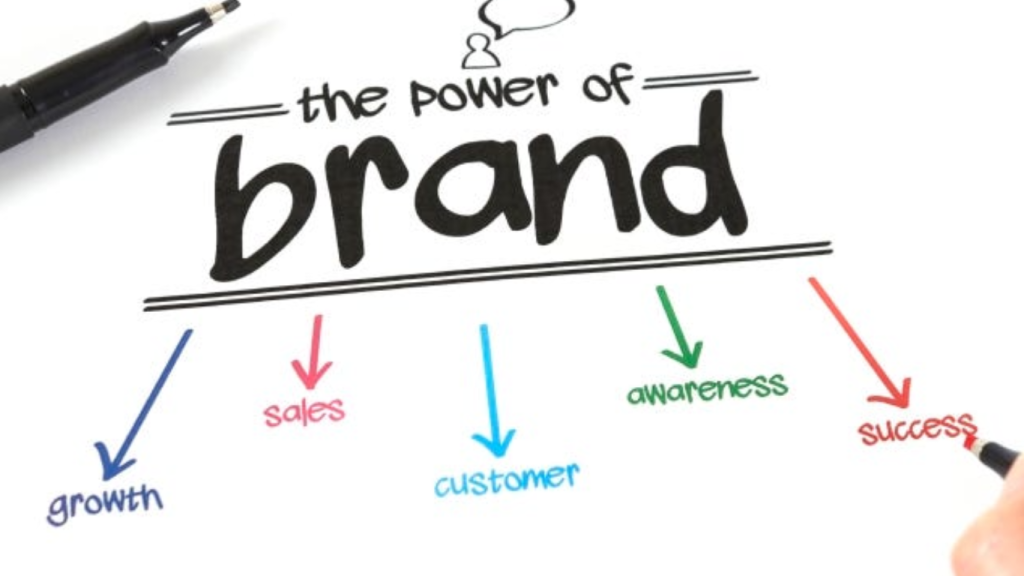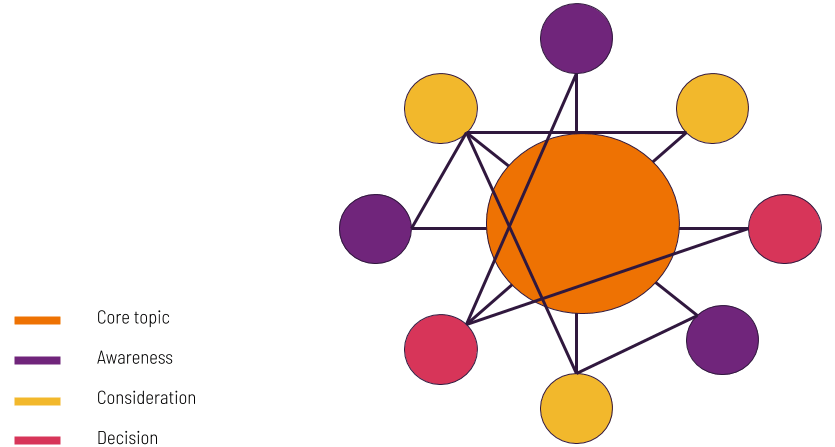What is a story exactly? Another question – what is a brand? But how does telling better stories actually help your brand? Find out the answer to that question and more on this episode of Forward Thinking.
When it comes to design and branding your business or making the perfect logo, where do you start? Brendan Hill had a one-on-one with Hayden Bleasel at the time he was the director and lead product designer at Jellypepper, an award-winning digital agency for brands, websites and products. Since then, he has advanced on to becoming the chief design officer at Corellium, where he leads the product and design teams.
During this transition, Metigy has also released Creative Services – a service where we bring visually engaging graphic design to your business so you can capture the right kind of attention and engagement across your social media and marketing efforts.
Tune in and learn from Hayden in this episode where he goes beyond the simple branding process and shares more advice and tools for you to use!
What you will learn in this episode:

- How Hayden started his agency in the branding space
- How to work with big brands in the branding field
- The blueprint of helping a client with product design
- The best way to get your first iteration of logo and branding
- The meaning of a “minimum beautiful product”
- The deep meaning behind a logo
- The process behind rebranding a business
- How to implement creative problem solving
Resources mentioned:

- Corellium
- Jellypepper
- Spaceship
- Blackbird
- Airtree
- Grok
- Brighte
- 99 designs
- Fiverr
- Baraja
- Ueno
- MetaLab
- Otter
- Clear Motion
- Xero
- Tobias van Schneider
Design tools:
What business would you build on Mars?

Reach Hayden Bleasel here:
Transcript










